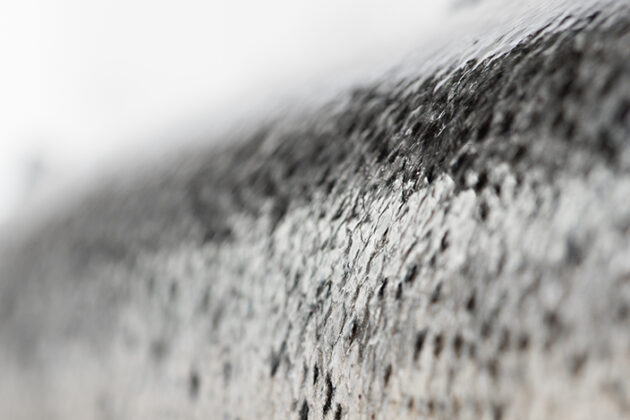Exploring the fish skin immune system

Our final webinar of the year brings together two exciting presentations on the fish immune system , from the mucus barrier at the skin surface to the lymphoid networks within.
Date
04. Dec 2025
Time
15:00 - 16:00
Venue
Microsoft Teams
Price
For free
The target audience includes fish health personnel, representatives from the feed industry, and scientists with an interest in fish physiology, health, and environmental adaptation. The talks are designed to be accessible for participants without a detailed background in molecular biology or immunology.
Prof. Sara Linden
Department of Medical Biochemistry and Cell Biology, University of Gothenburg
Presentation title: “What Is Fish Mucus, and How Does It Work as a Defence System?”
For more than a decade, Professor Sara Linden has explored the fascinating world of fish mucus,the first barrier of defence in fish. What we often think of simply as “slime” is in fact a highly organised network of proteins known as mucins. Her research examines how environmental factors such as temperature and stress alter mucin structure and how these changes affect interactions between the mucus layer and pathogens. Understanding these processes may reveal why alterations in mucus composition can mark the difference between health and disease in fish.
Dr. Tanner Robertson
Postdoctoral Research Associate, Huttenlocher Lab, Medical Microbiology and Immunology Department, University of Wisconsin-Madison.
Presentation title: “How T cells search for antigen in animals without lymph nodes (including fish!)”
Dr. Tanner Robertson’s research seeks to understand how T cells search for antigen in animals that do not have lymph nodes, a group that includes fish, amphibians, reptiles, and birds. Using zebrafish as a model, he made the unexpected discovery that T cells organize into a body-spanning lymphoid tissue interleaved between the scales that he named the tessellated lymphoid network (TLN). The TLN is the largest lymphoid tissue in zebrafish and has major implications for fish health, vaccination strategies in aquaculture, and our understanding of the evolution of adaptive immunity in vertebrates.

